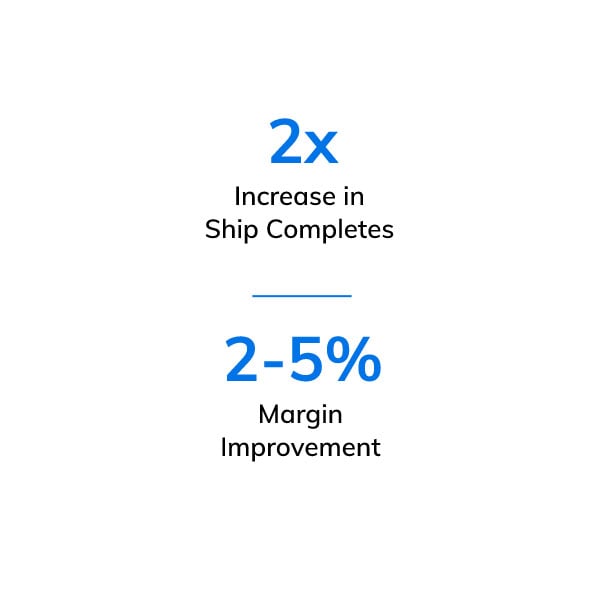Retailers today are grappling with escalating costs of goods, as well as labor and other fulfillment constraints. There is also growing complexity for retailers due to the more than 25% shift to online shopping that was driven by the pandemic. With this shift expected to remain, retailers must address the margin degradation erosion and fulfilment capacity issues that can result.
A significant component in solving this issue is to place inventory in the best location while considering both the store and the online demand fulfilled from that location. Key questions to be answered include 1) what to fulfill from and where? 2) will there be adequate capacity at that location at the moment in the future when it is needed? and 3) will the stores and/or distribution centers be adequately staffed to handle fulfillment?
With an omnichannel aware allocation system, retailers are can place inventory where the demand is best fulfilled rather than where it originated. As a result, it will help pre-empt downstream DC capacity issues and lower overall shipping costs by lowering split shipments and fulfilling orders from non-ideal locations. To achieve this, demand signals from customers must be mapped and aligned to the strategy. In addition, when fulfillment paths do crisscross, business rules about which channel gets credit for the sale, which alternate location can best benefit from fulfilling the order, and how the demand signal get assigned for future planning must also be resolved.
Optimizing allocation for size is a particularly hot spot in the increasing world of omnichannel consumers. Traditional practices of guiding allocation by assigning size profiles to store clusters will no longer be effective when alternative fulfillment options like curbside pickup and ship from store are now possible. A more disaggregate view of demand and the drivers at play, by location, will be required.






